|
In the spring of 2012, I wrote a book review for IA: The Journal of the Society for Industrial Archaeology on the edited volume of conference proceedings: Post-Mining Landscape: Conference Documentation. The book is a collection of reflections on managing, developing, and revitalizing massive industrial landscapes after the gears of industry cease to grind. The book is filled with impressive images of reimagined industrial landscapes - a swimming pool in the middle of former colliery coking plant, a cheese cellar in an underground copper mine, and the development of a greenbelt across slag heaps in Northern France. This truly innovative work resonated with me, and this past month I had the opportunity to visit a handful of sites in the North-Rhine Westphalia region of northern Germany. This post is a collection of photographs from one of the most impressive industrial sites I've visited - The Landschaftspark Duisburg Nord located just outside of Duisburg. While this post presents an overview of the in situ remains of the former iron smelting plant and blast furnaces, a future post will examine the transformation of the site from a post-industrial ruin into a vibrant cultural attraction - successfully melding history, nature, and industry into a model example of industrial reuse. The Landschaftspark Duisburg Nord was relatively easy to get to from the Duisburg Central Station - in fact the trams running from the station stop just outside the park. When inside there is a well equipped restaurant in the visitor center. You can easily spend upwards of 8 hours here exploring.
Thanks for looking - and if you are interested in one of the larger file photos, just shoot me an email.
0 Comments
Leave a Reply. |
AuthorJohn Baeten is a Postdoctoral Fellow in Spatial Analysis of Environmental Change in the Department of Geography at Indiana University. He holds a PhD in Industrial Heritage and Archaeology from Michigan Technological University. His research aims to connect historical process to current environmental challenges, and to contextualize the environmental legacies of industrialization as meaningful cultural heritage. Archives
September 2018
|

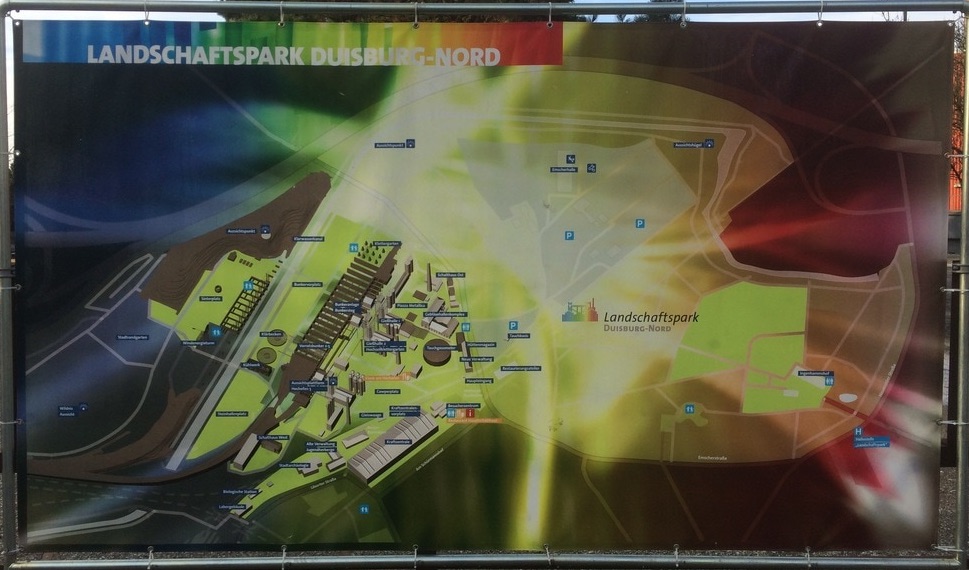
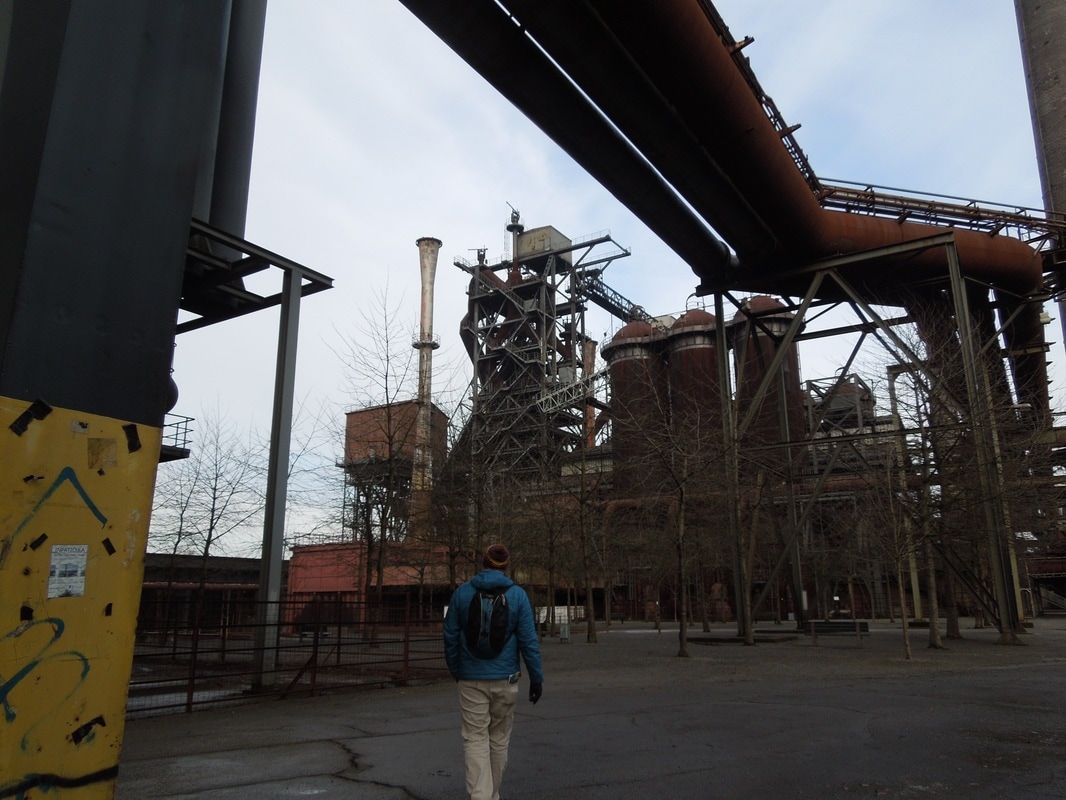
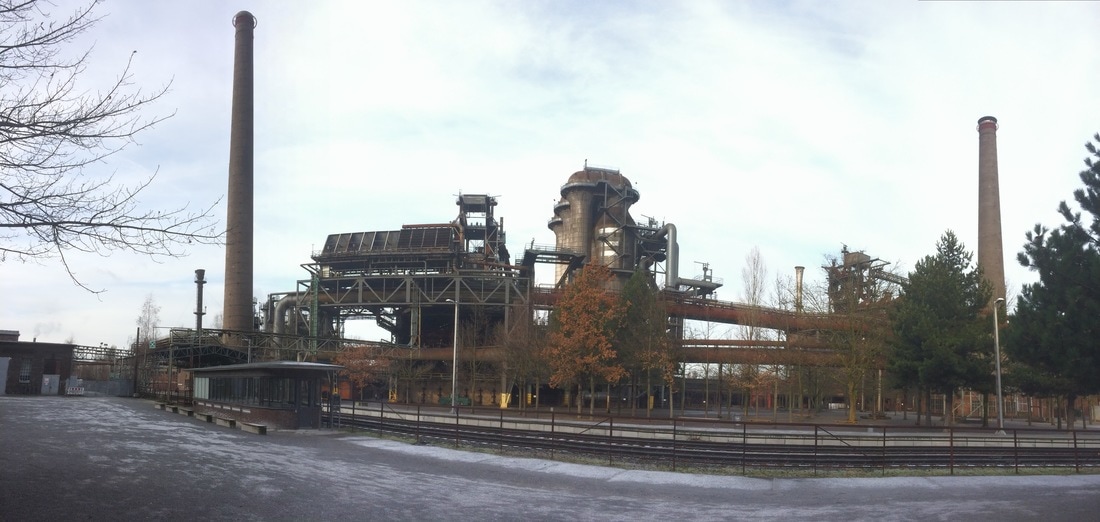
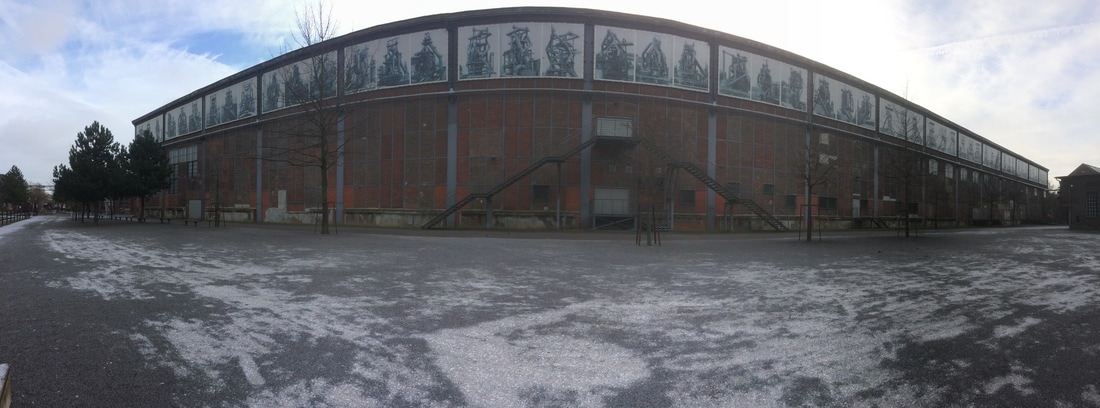
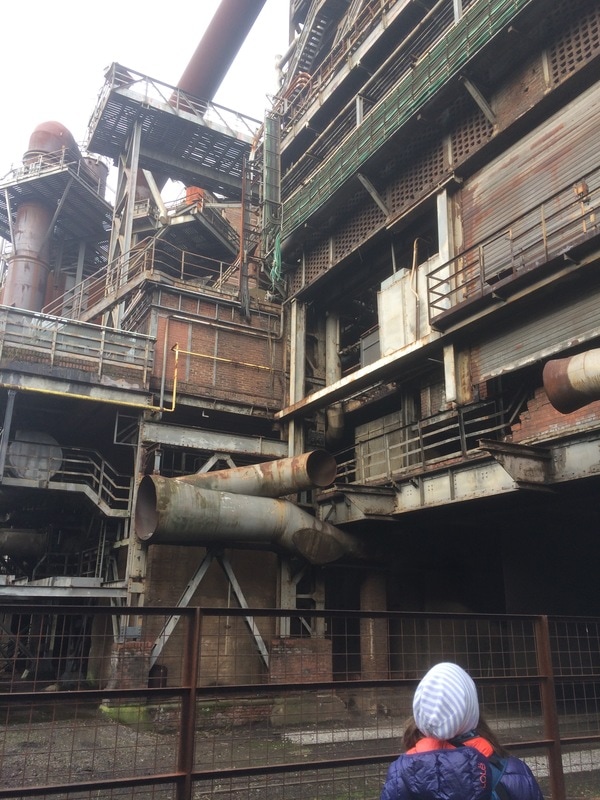
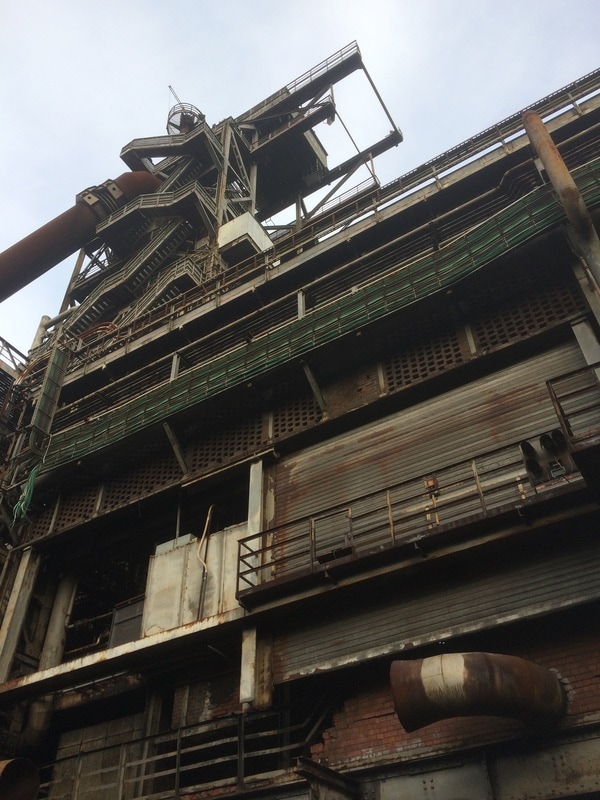
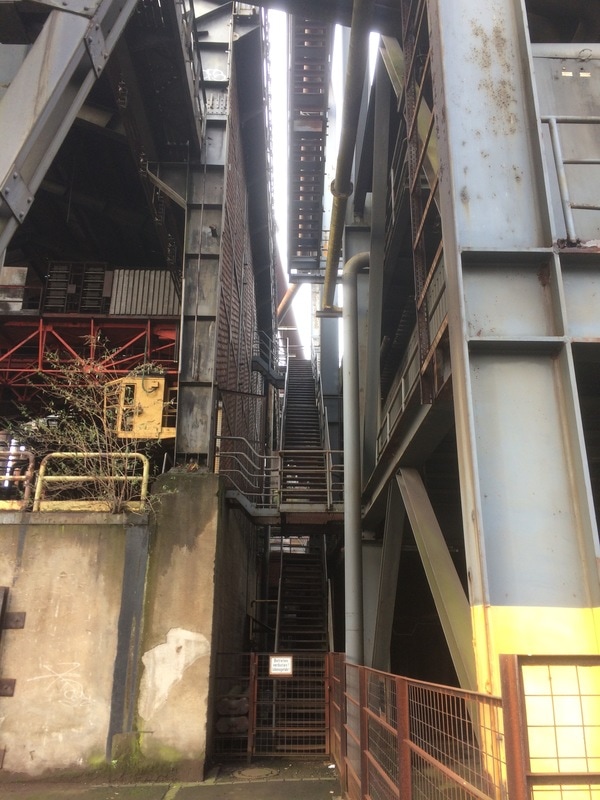
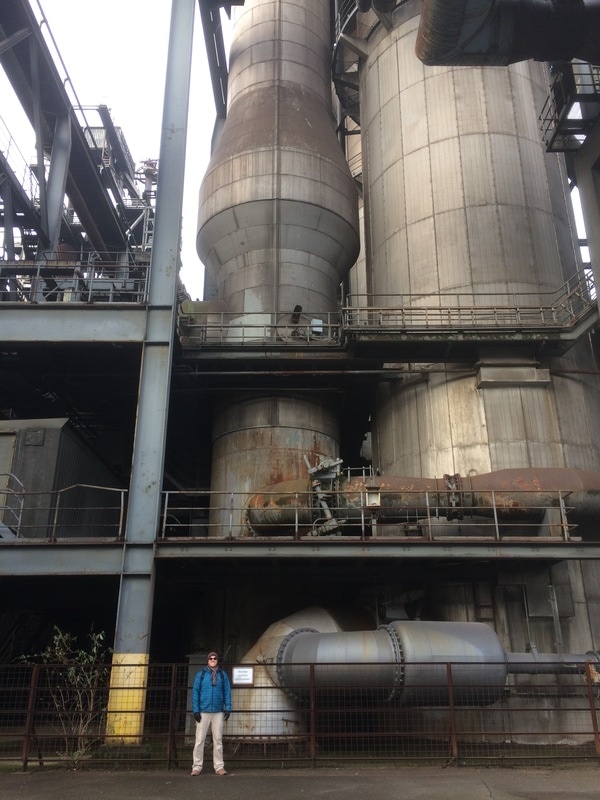
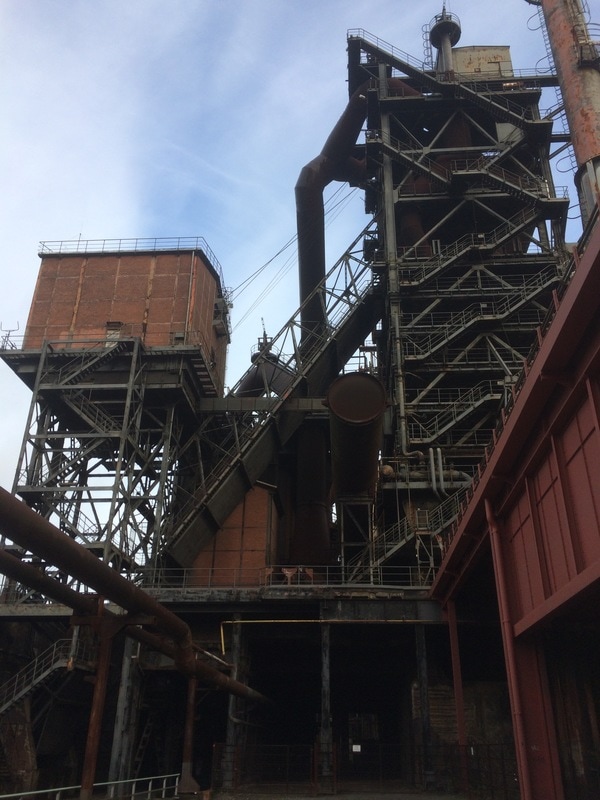
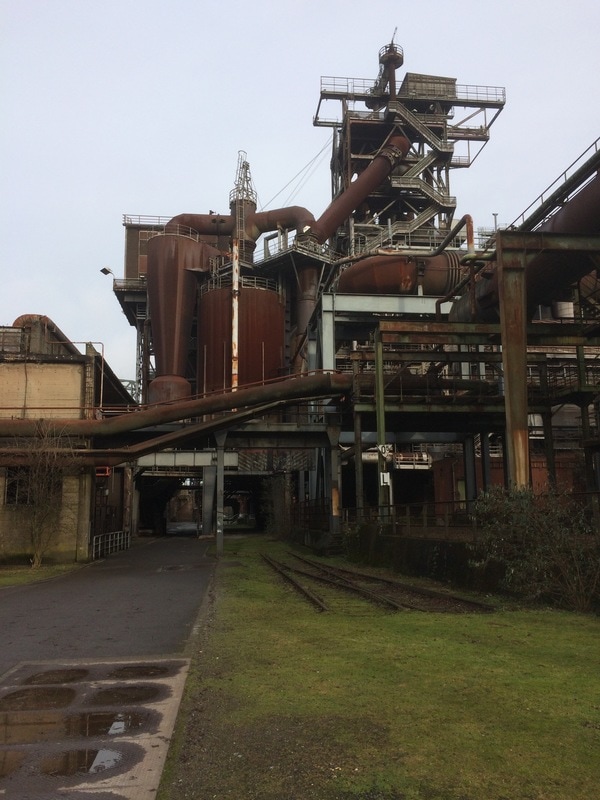
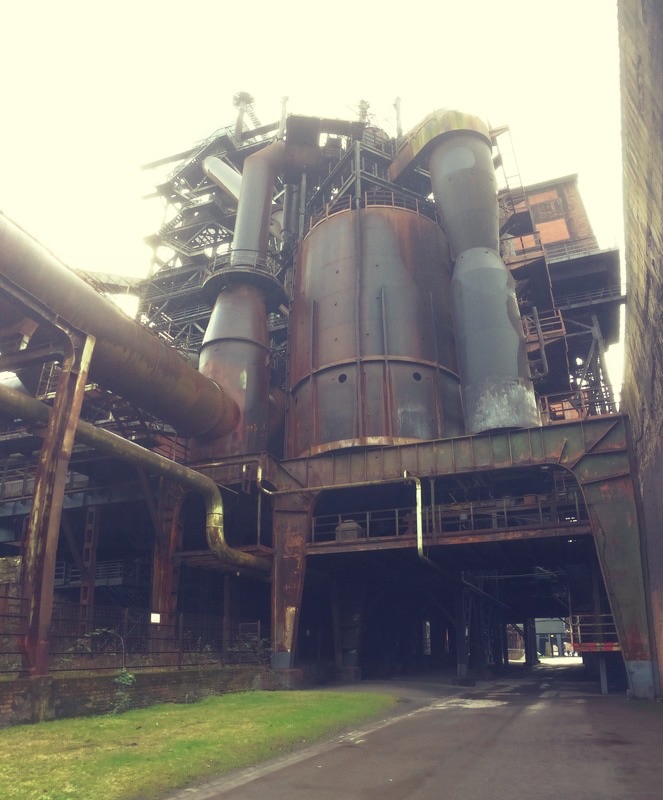
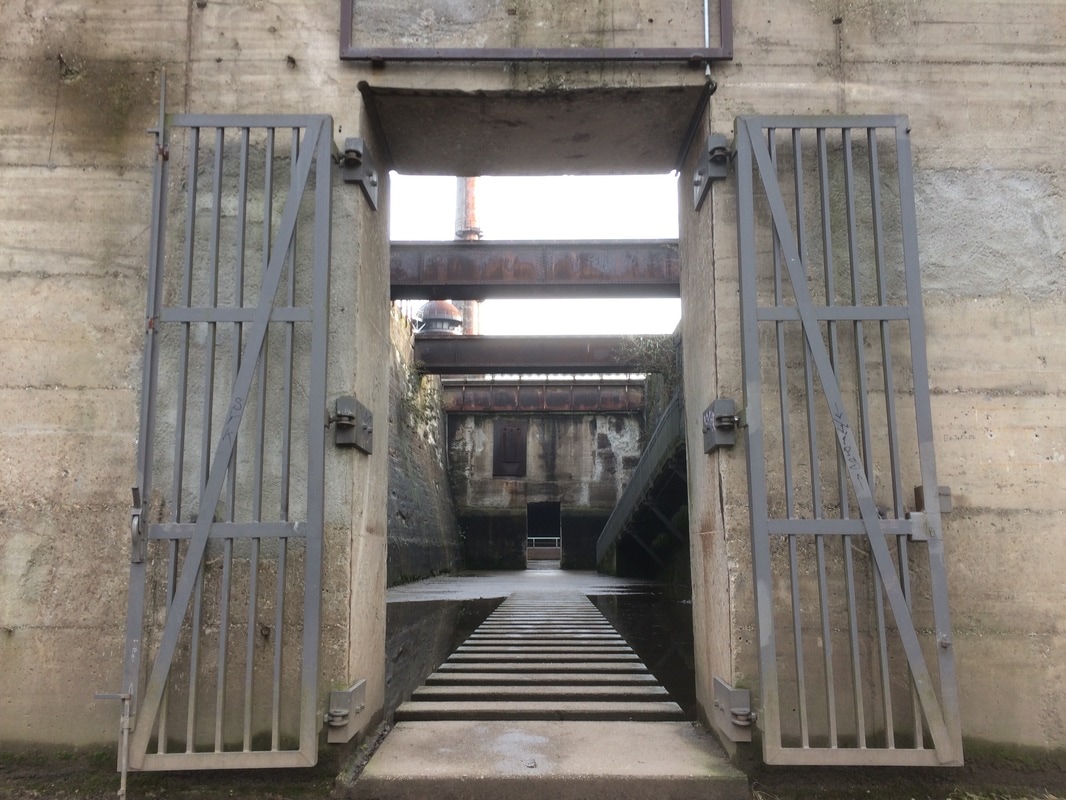
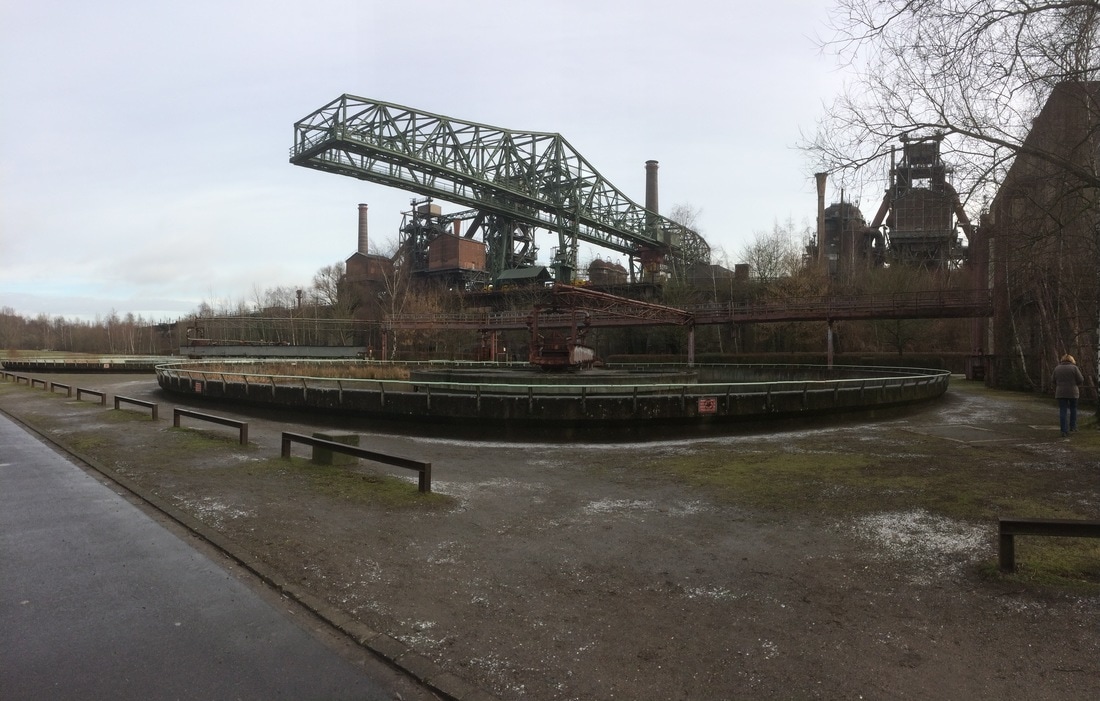
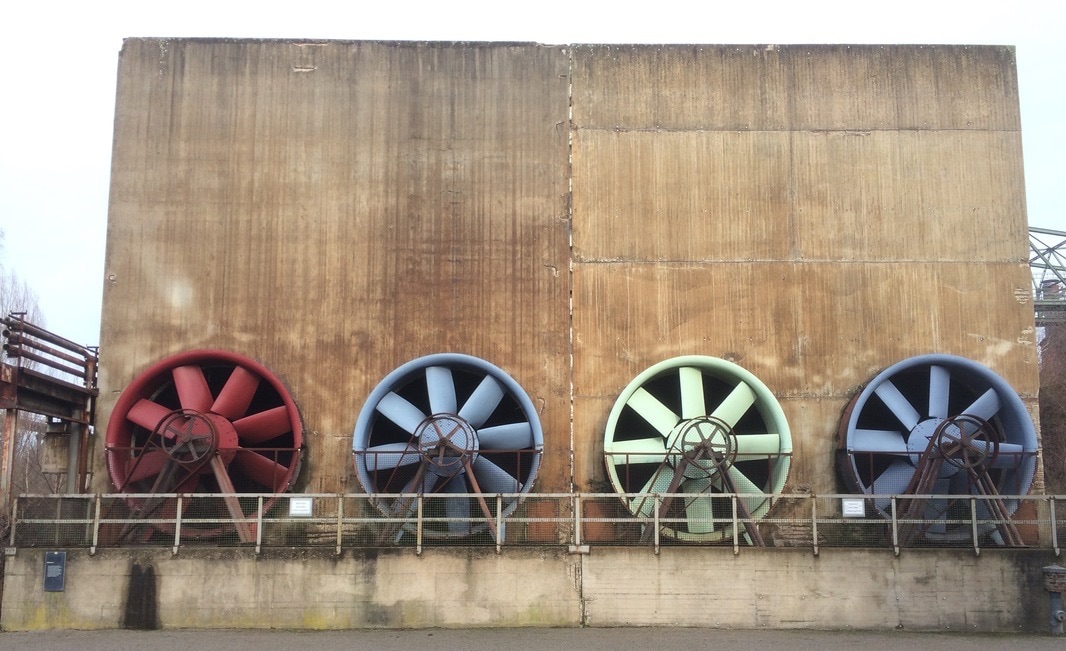
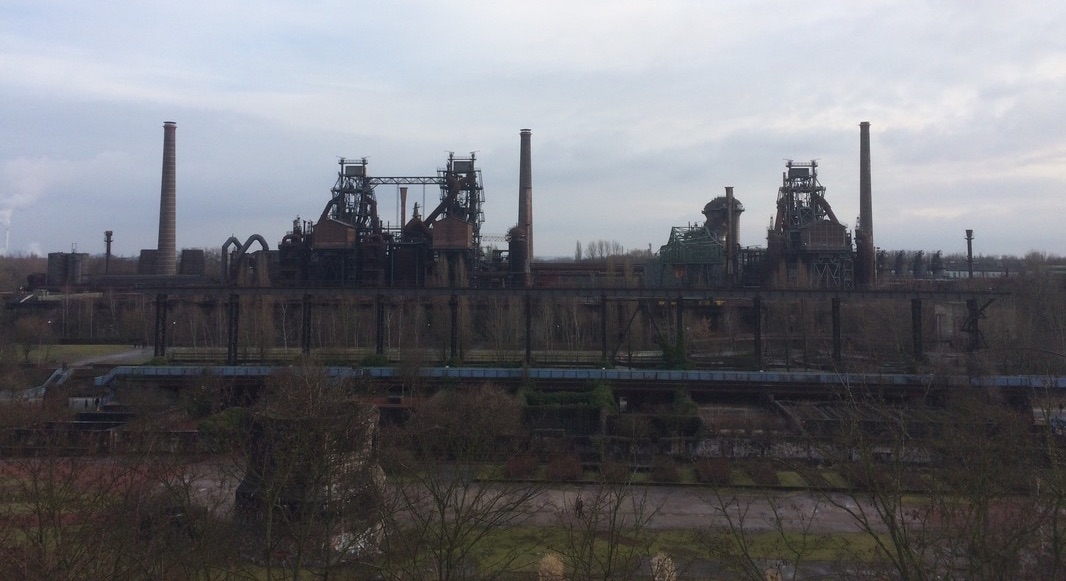
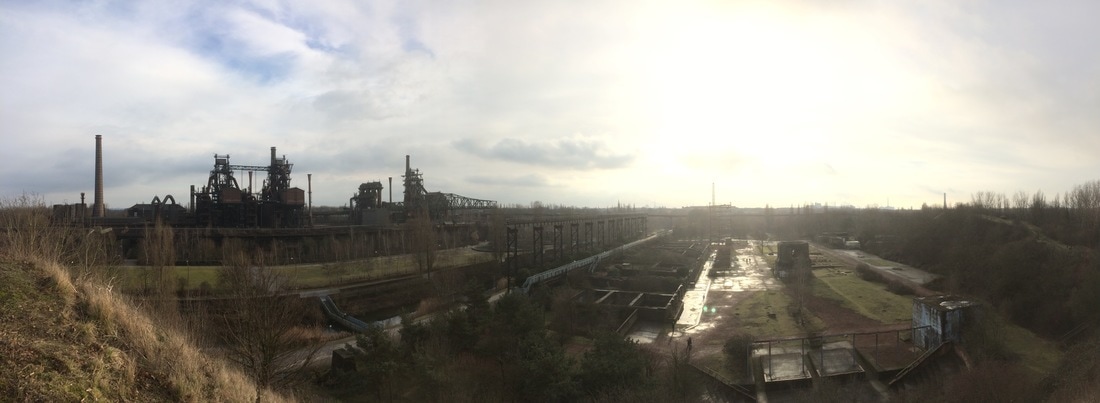
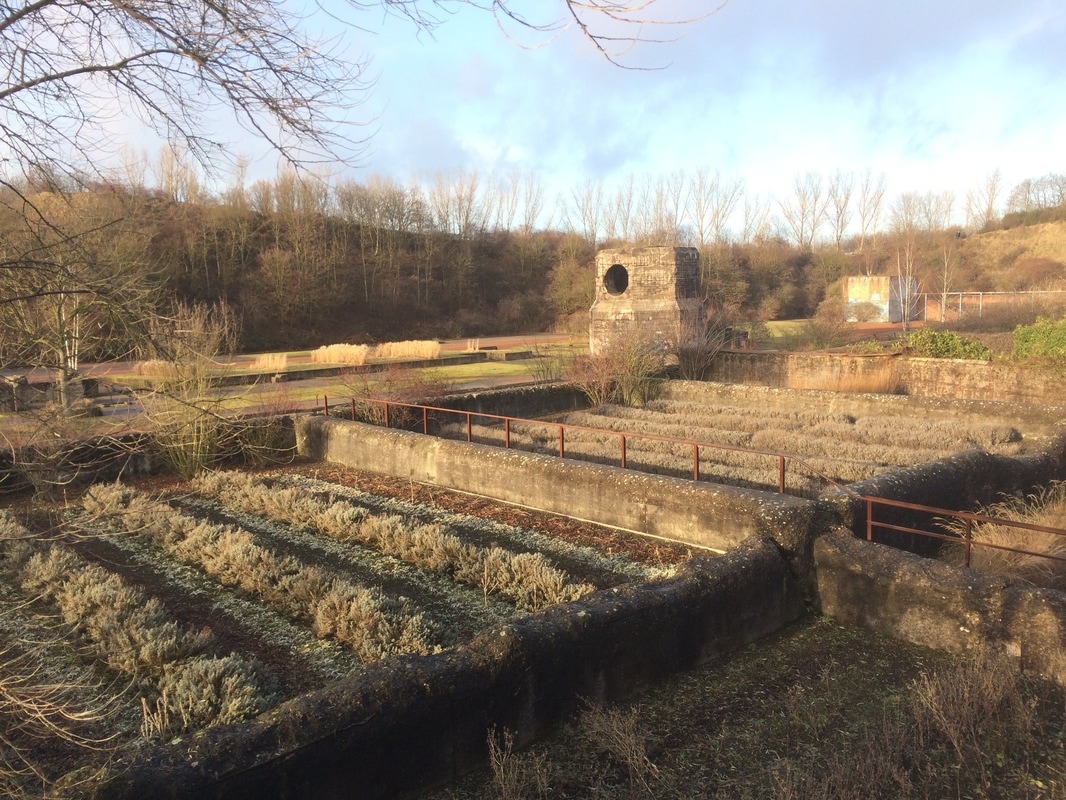
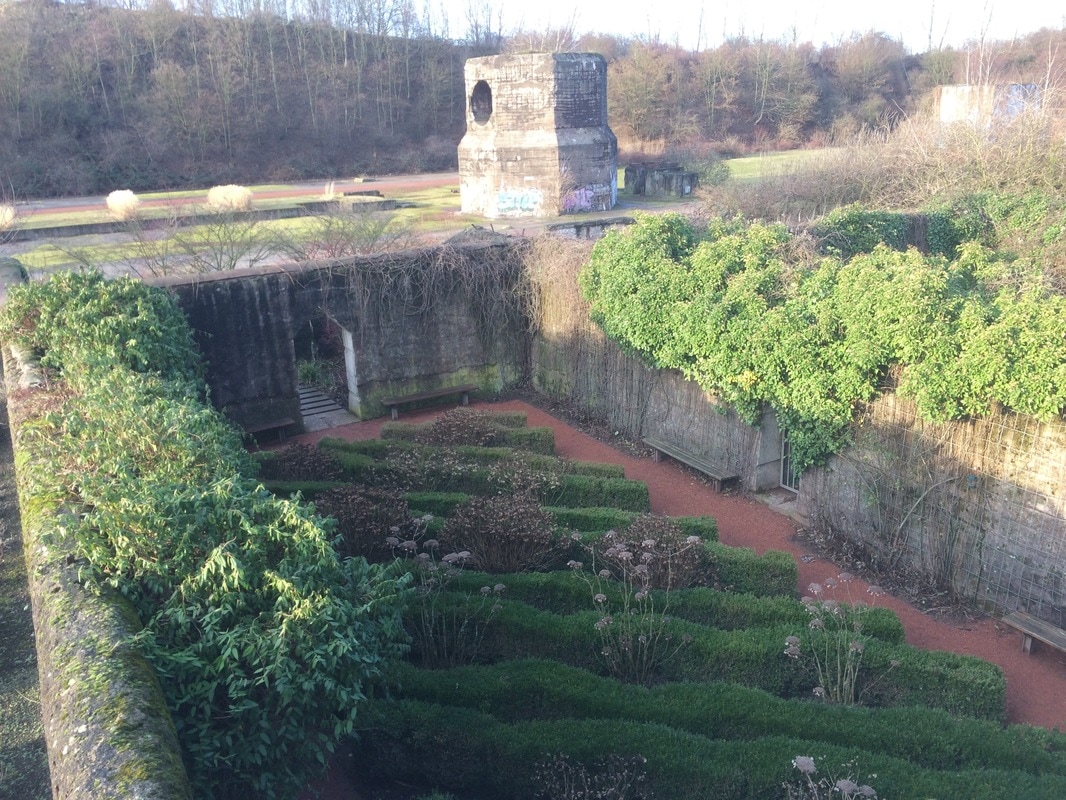
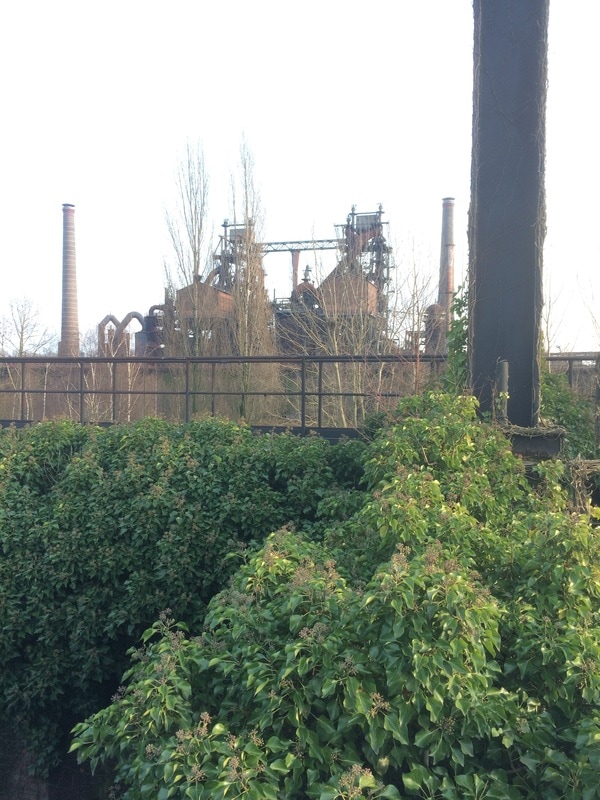
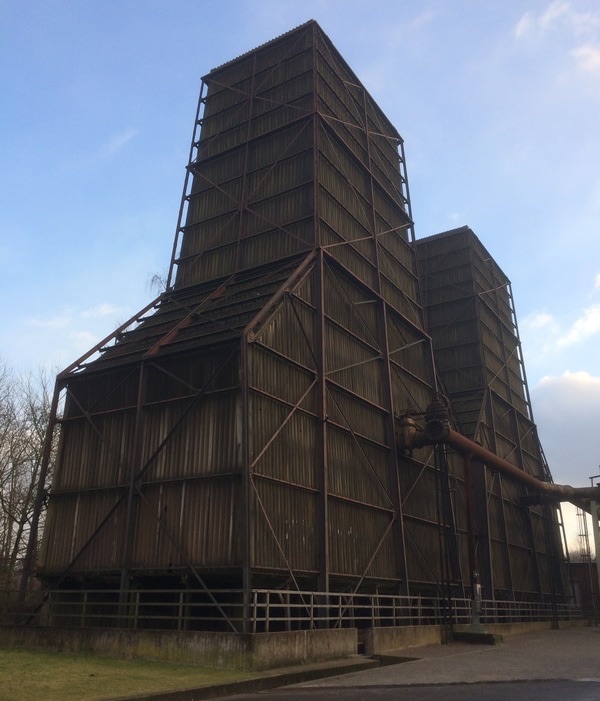
 RSS Feed
RSS Feed
